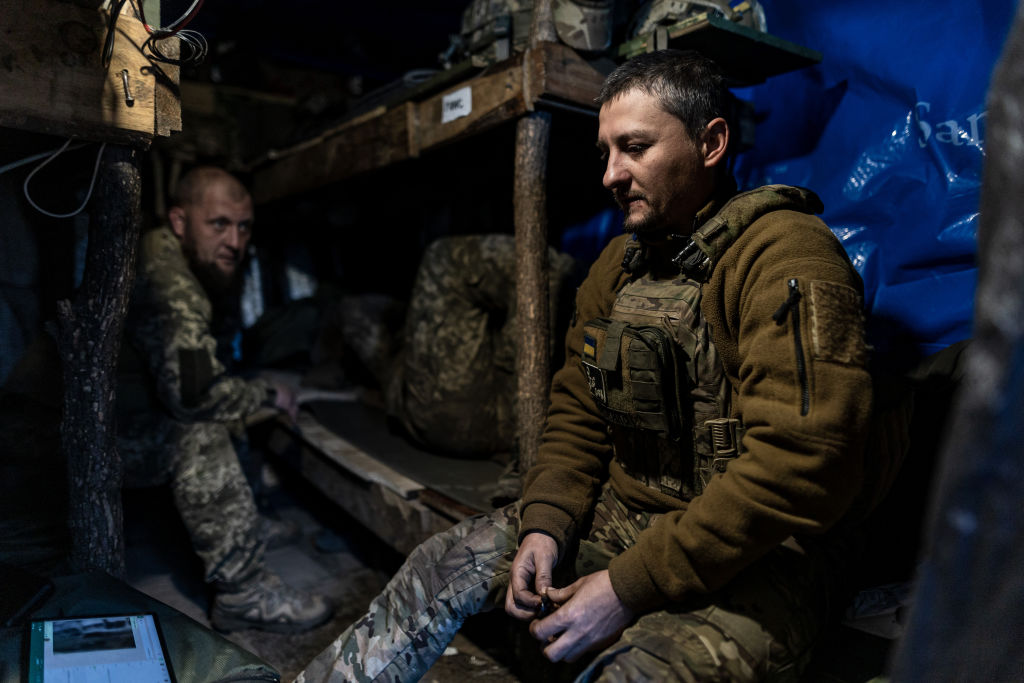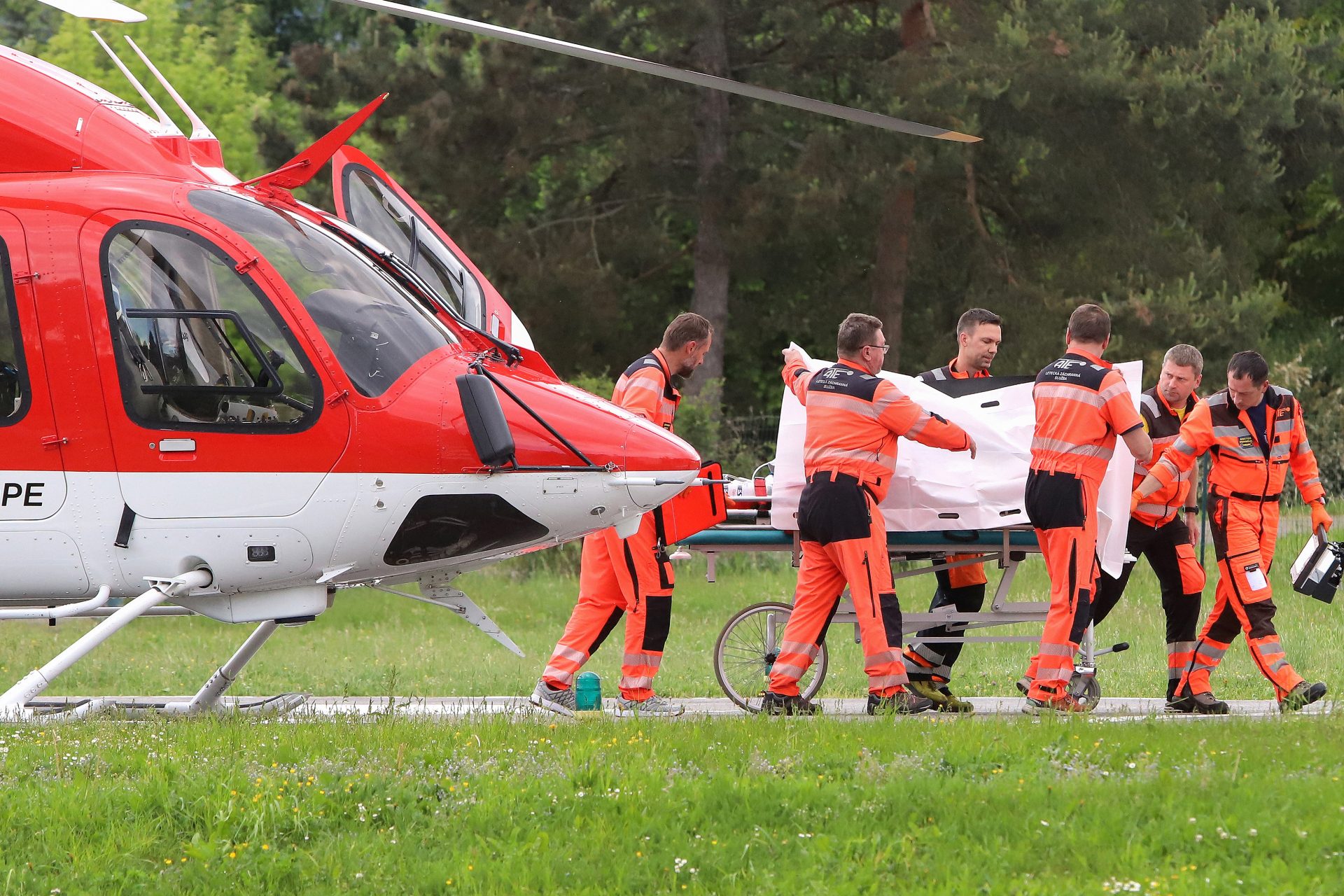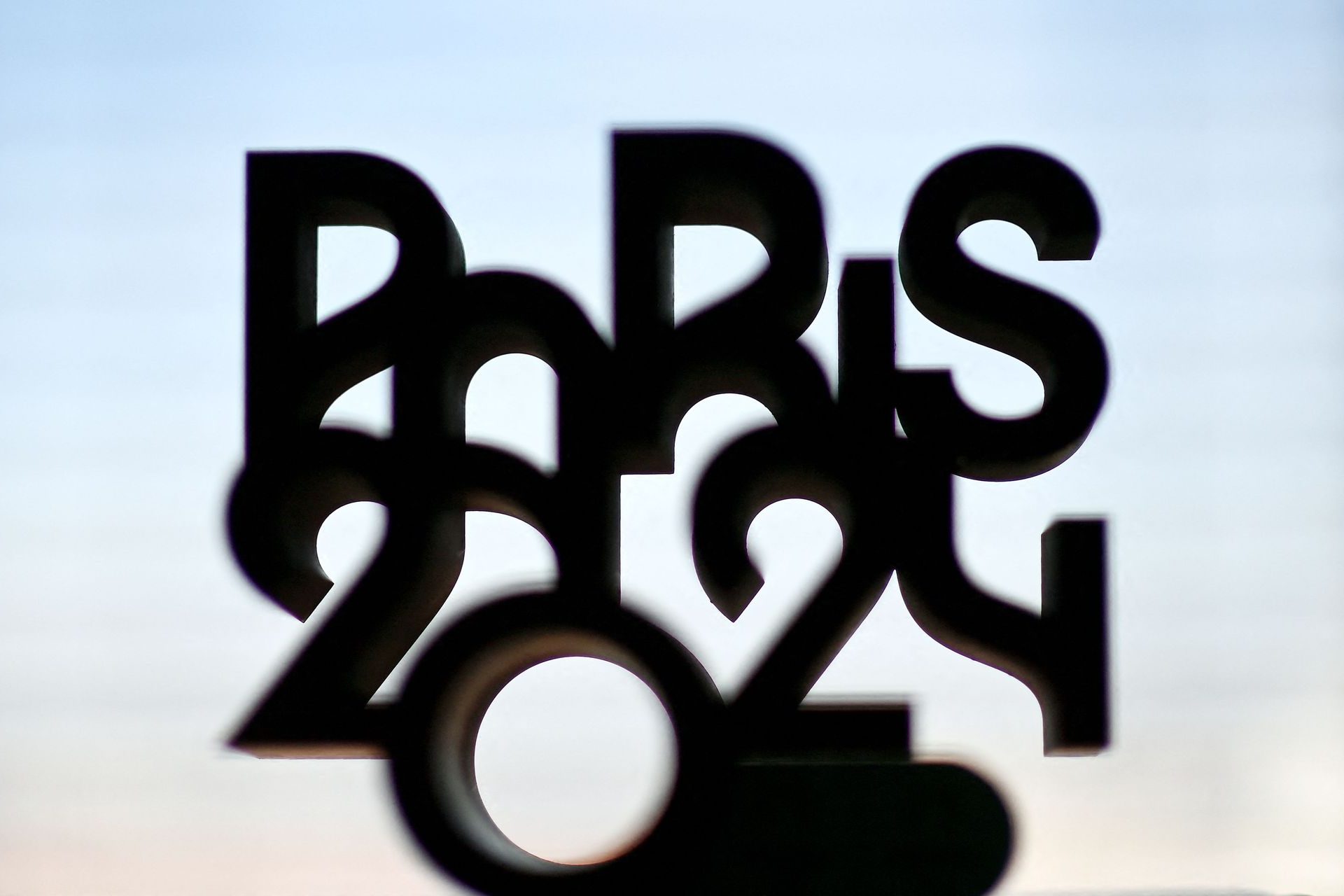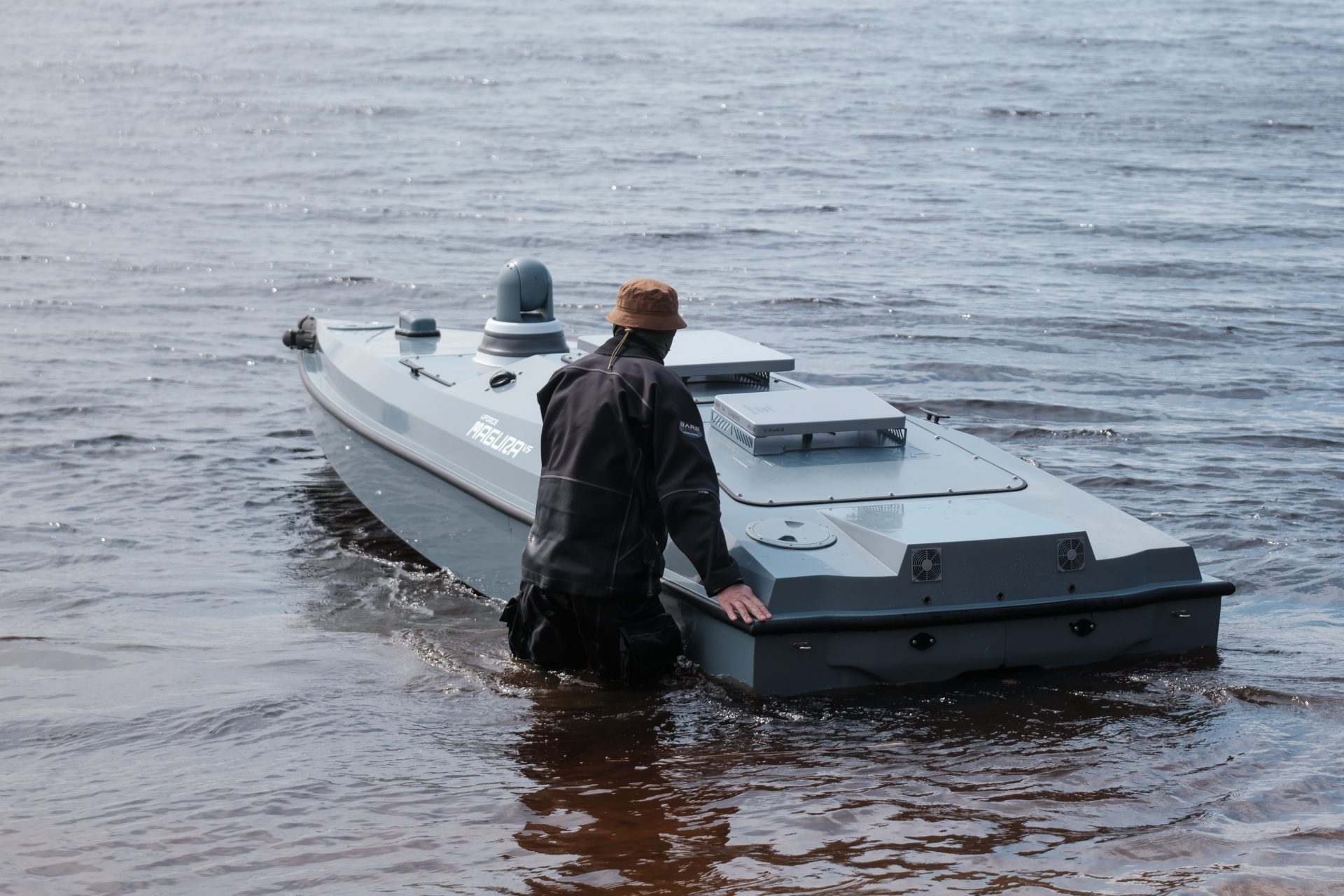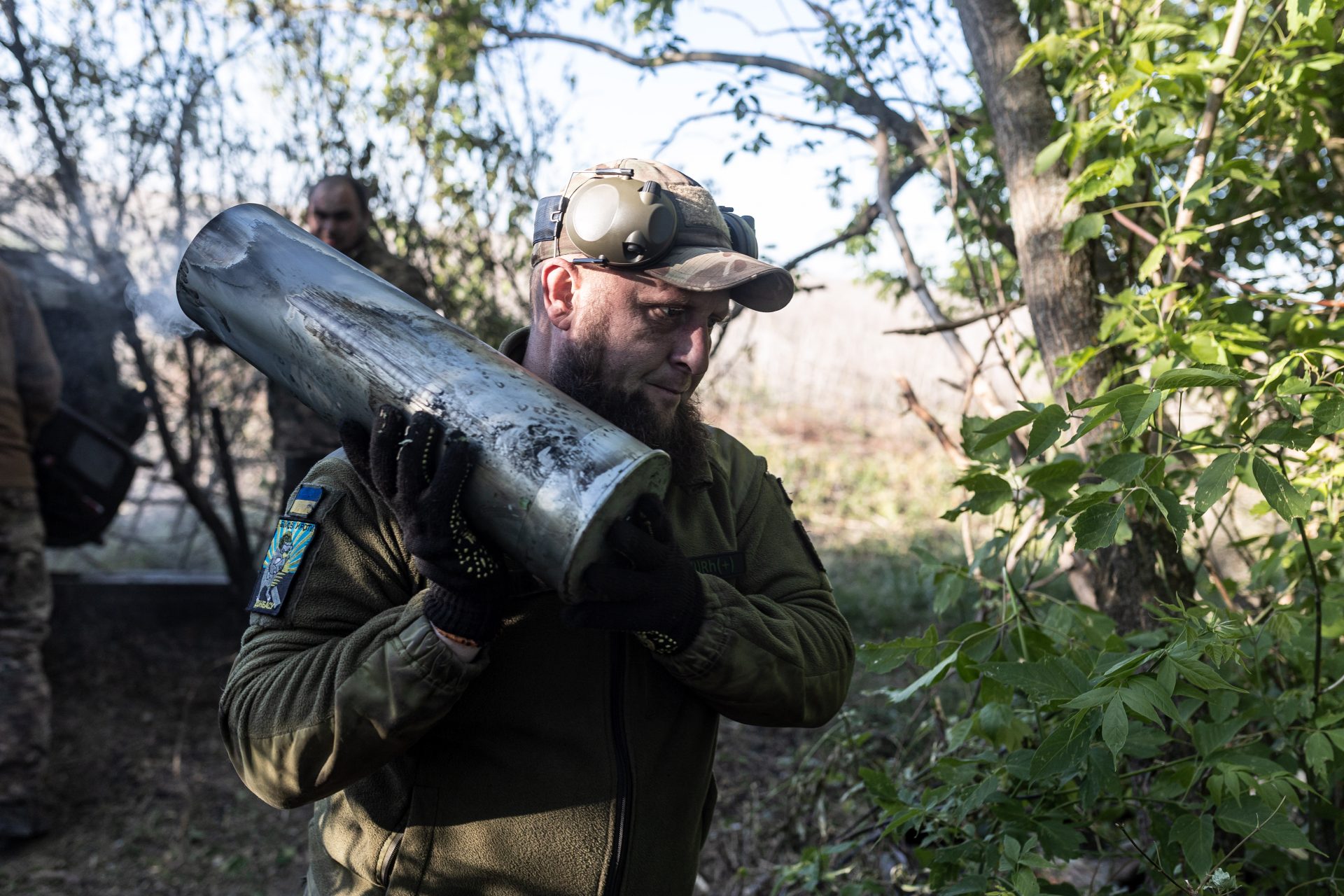The world is trembling: are we seeing more volcanic and seismic activity than usual?
It started with the eruption of a volcano on the Spanish island of La Palma on September 19. The volcano had been dormant for 50 years. Then, little by little, other similar phenomena happened in late September. What are these events, and are they related?
The Australian city of Melbourne suffered an earthquake measuring 5.9 on the Richter scale. It was something absolutely unusual in an area where historically there has been no seismic activity whatsoever. There was a lot of material damage but no casualties.
Coinciding with this earthquake in Australia, Etna on the Italian island of Sicily began to spit fire. The volcano has been in discontinuous activity for months but now exhibited a particular force.
Guatemala's dreaded Volcán de Fuego, whose eruption in 2018 caused hundreds of deaths, scared the local population with a brief eruption on September 24. After a few hours, it was calm again.
An earthquake measuring 6 on the Richter scale caused dozens of injuries and one death on the Greek island of Crete on September 26.
Meanwhile on the island of La Palma, the Cumbre Viejo volcano continued to spit lava and ashes. Hundreds of people had to flee the region of the volcano.
These are all seismic and vulcanological events taking place within the time span of a week. Are they related? What do the experts say?
In principle, each volcano or area of the planet belongs to a specific area (in terms of seismic and volcanic activity) whose map would be under the earth's crust. There can only be a relationship between two points if they are in the same area.
For example, according to volcanologists, Etna and Cumbre Vieja (the La Palma volcano, in the image) do not share an area and, therefore, their eruptions are not related.
Some experts do say that the eruption of the La Palma volcano could activate the dormant volcano of the Teide, on another Canary Island, Tenerife. Still, there is no high probability that something like this will happen either.
Image: Marek Piwnicki / Unsplash
Volcanologists do not perceive a dotted line that connects an earthquake in Australia or Crete with eruptions in Latin America or an Atlantic island such as La Palma. If there were a domino effect like this, we would be facing a real problem...
Image: ActionVance / Unsplash
Only a raree tectonic movement that brought all the plates under the earth's crust in contact could cause this domino effect with eruptions and serial earthquakes. For the moment, however, such a movement is only science fiction.
Image: Sander Crombach / Unsplash
In reality, there have surely been other periods in which volcanic or seismic activity has abounded, but the attention of the press never connected these dispersed phenomena and put them at the center of their coverage.
Image: Bank Phrom / Unsplash
That's another common question: does the climate crisis affect what's under the earth's crust?
The answer is: Not quite. It is daring (and unscientific) to say that droughts or torrential rains cause more earthquakes or earthquakes.
Image: Guillaume de Germain / Unsplash
However, it is true that the effects of these earthquakes and earthquakes are aggravated by the deterioration of ecosystems. So climate change makes it harder for the planet to deal with their consequences.
It is estimated that there are about 1,500 active volcanoes in the world. During the month of September there have been eruptions in 23 of them. Is it a lot or a little?
Image: Marc Szeglat / Unsplash
It is not an extreme volcanic activity. While the annual number is usually very variable, rising and falling without a clear pattern, it can be said that today's activity is not much out of the ordinary.
Most of the volcanoes that present activity these days are in the so-called Pacific Ring of Fire, which includes the coasts of America and Oceania. In the image, you see the Villarrica volcano in Chile.
Image: William Justen de Vasconcellos / Unsplash
Despite our alarm about the shocking images of earthquakes and volcanoes, the internal life of the planet remains the same. Only the mechanism of chance causes seismic and volcanic phenomena to occur in series.
Image: Carlos Cantero / Unsplash
What all this activity does make clear is that nature is sometimes stronger than human beings. And it's good to be alert to that fact.
See the sensational photos of the Cumbre Vieja eruption on La Palma
More for you
Top Stories


























